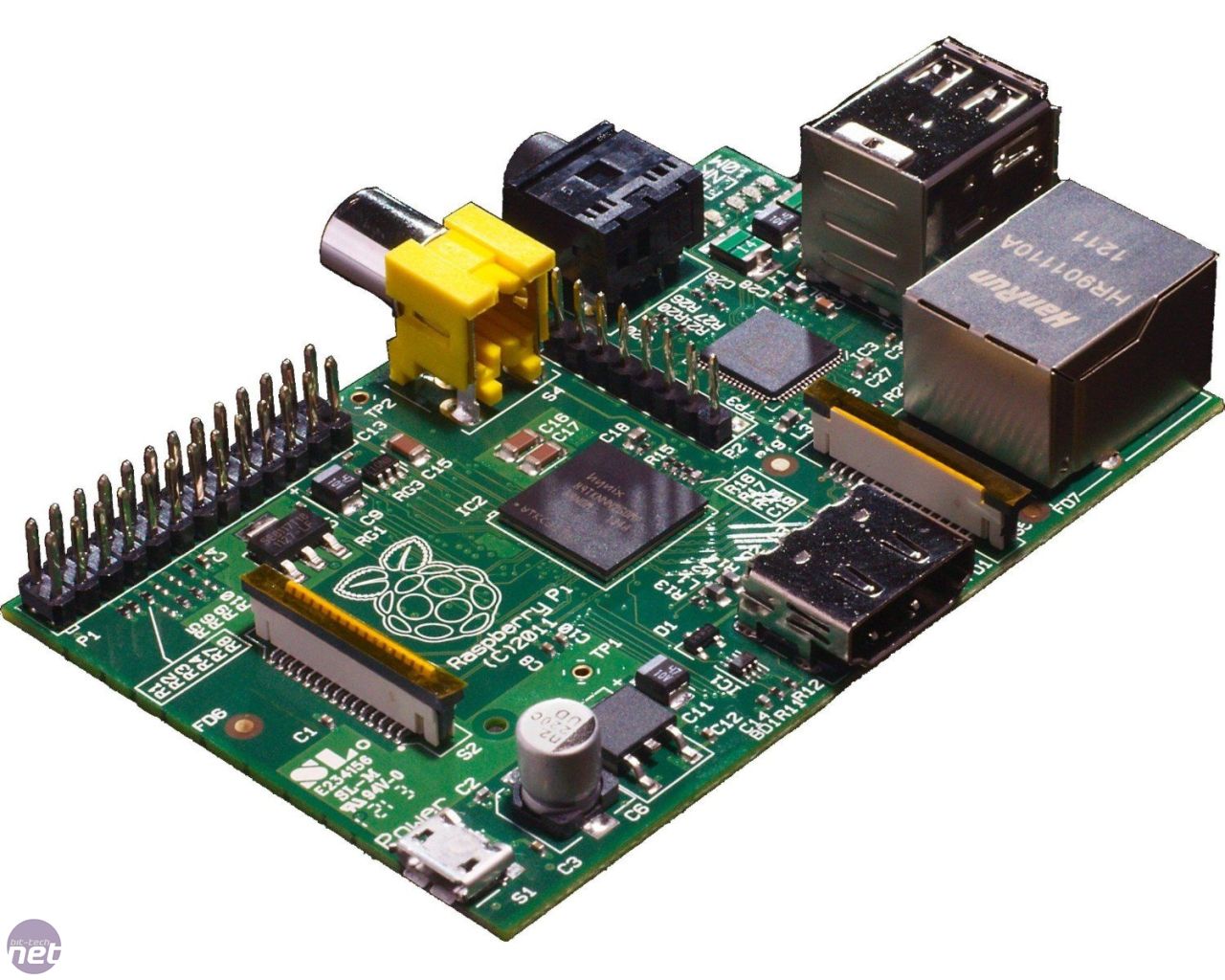What’s a Raspberry Pi?
The Raspberry Pi is a credit-card sized computer that plugs into your TV and a keyboard. It’s a capable little PC which can be used for many of the things that your desktop PC does, like spreadsheets, word-processing and games. It also plays high-definition video. We want to see it being used by kids all over the world to learn programming.
 .
.
How much will it cost?
The Model A will cost $25 and the Model B $35, plus local taxes and shipping/handling fees.
What’s the difference between Model A and Model B?
Model A has 256MB RAM, one USB port and no Ethernet (network connection). Model B has 512MB RAM, 2 USB port and an Ethernet port.
How powerful is it?
The GPU provides Open GL ES 2.0, hardware-accelerated OpenVG, and 1080p30 H.264 high-profile decode.
The GPU is capable of 1Gpixel/s, 1.5Gtexel/s or 24 GFLOPs of general purpose compute and features a bunch of texture filtering and DMA infrastructure.
That is, graphics capabilities are roughly equivalent to Xbox 1 level of performance. Overall real world performance is something like a 300MHz Pentium 2, only with much, much swankier graphics.
How does it boot?
You have to boot from SD but a USB HD can “take over” after the initial boot. You cannot boot without an SD card.
Where’s the on / off switch?
To switch on: just plug it in!
To switch off: remove power.
What operating system (OS) does it use?
We recommend Debian as our default distribution. It’s straightforward to replace the root partition on the SD card with another ARM Linux distro if you want to use something else (there are several available on ourdownloads page). The OS is stored on the SD card.





